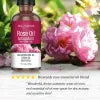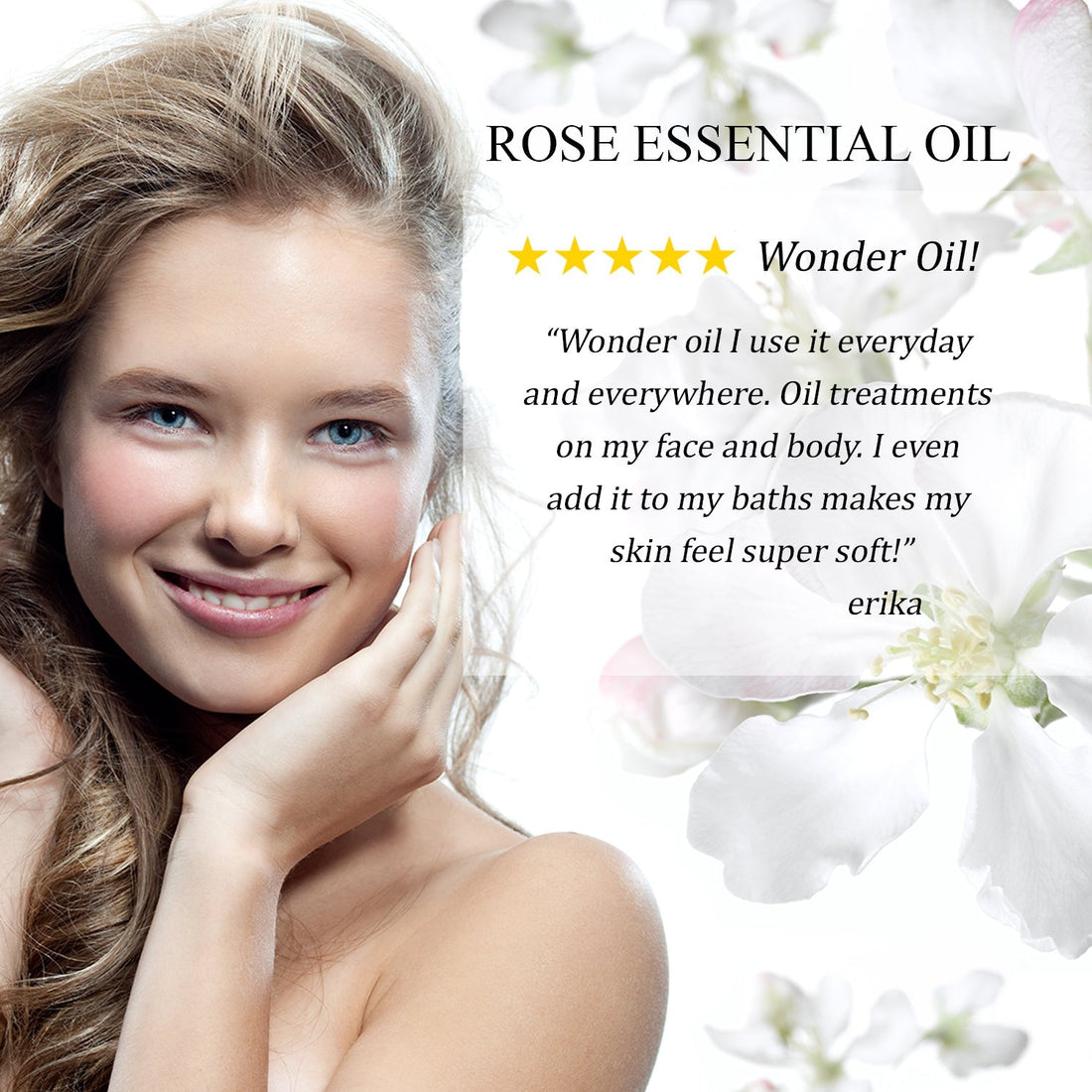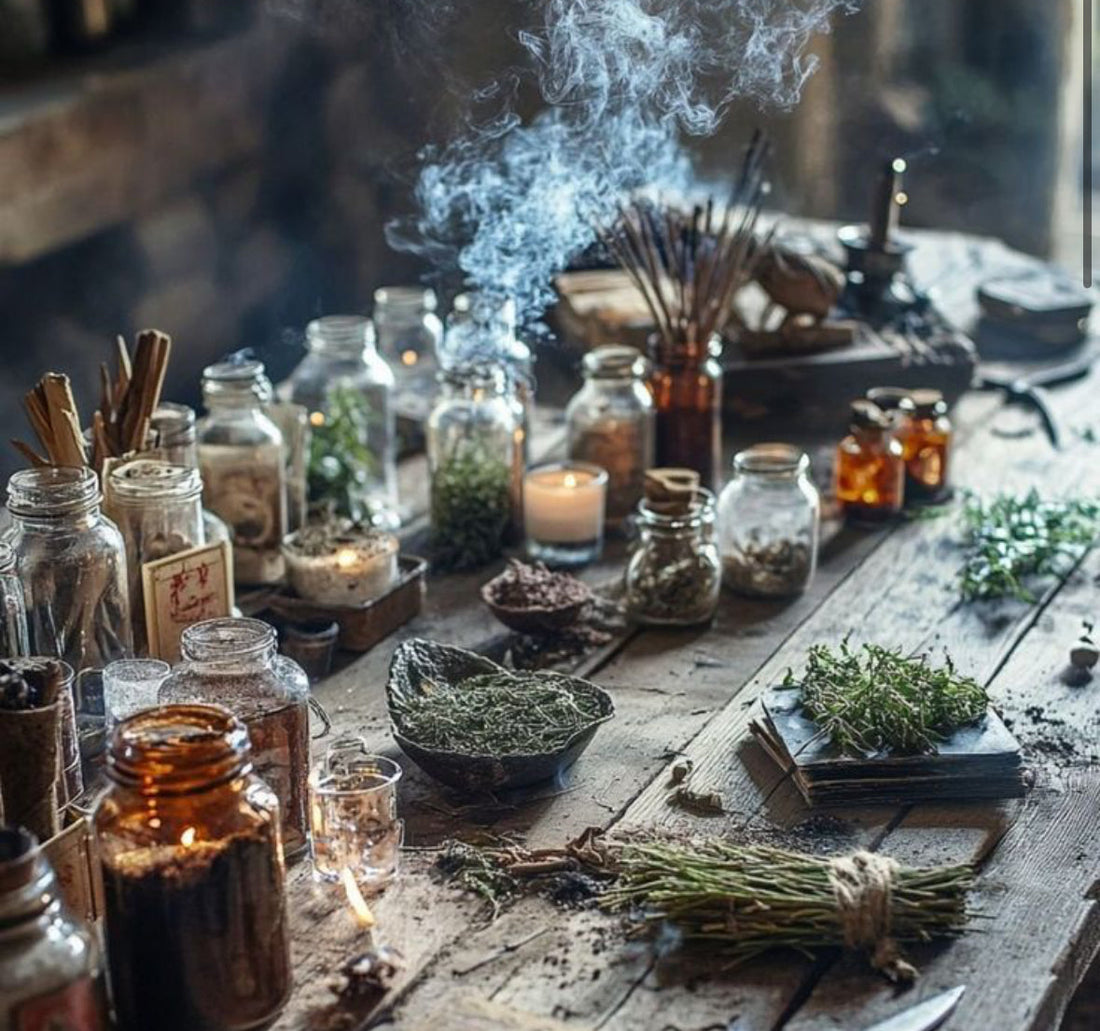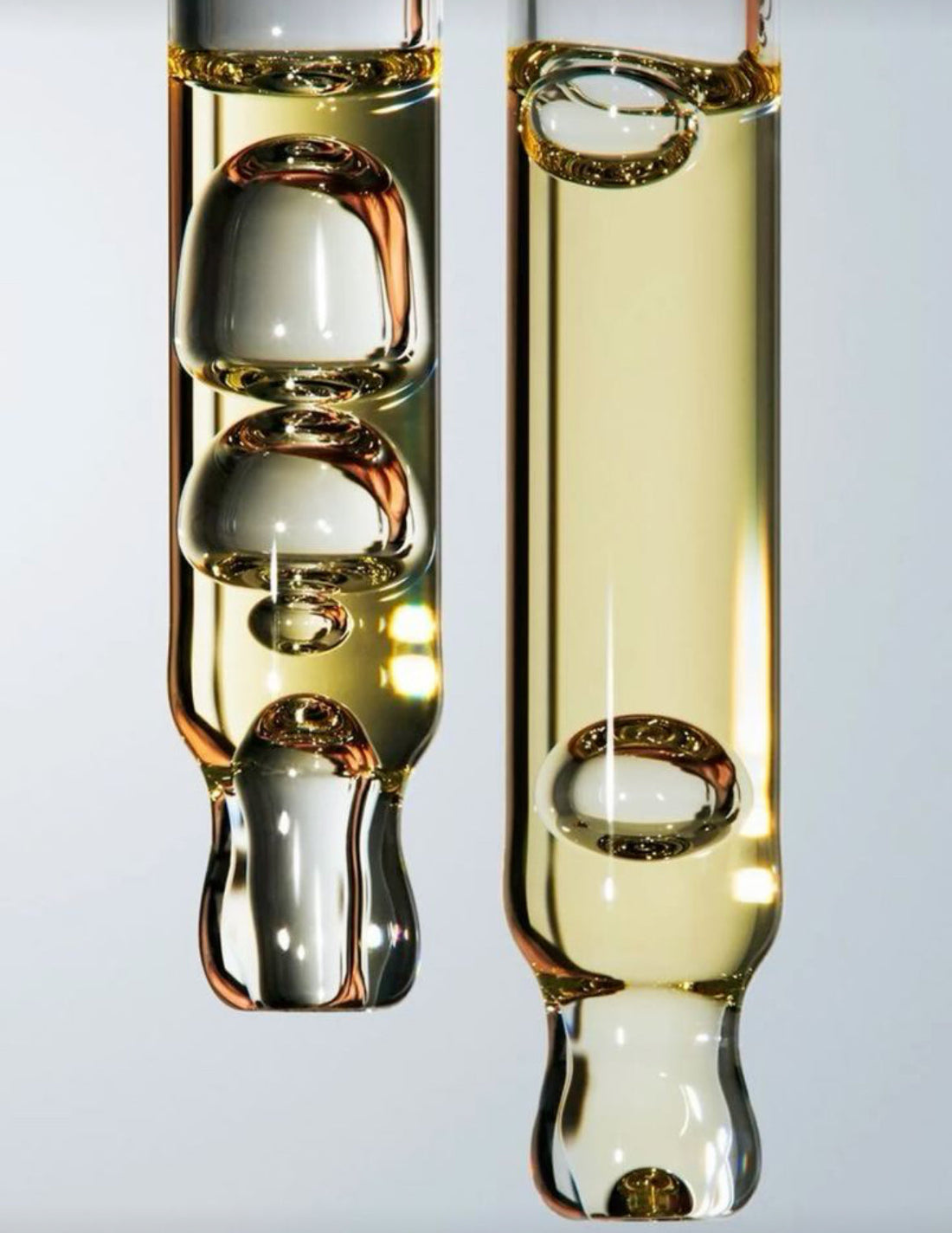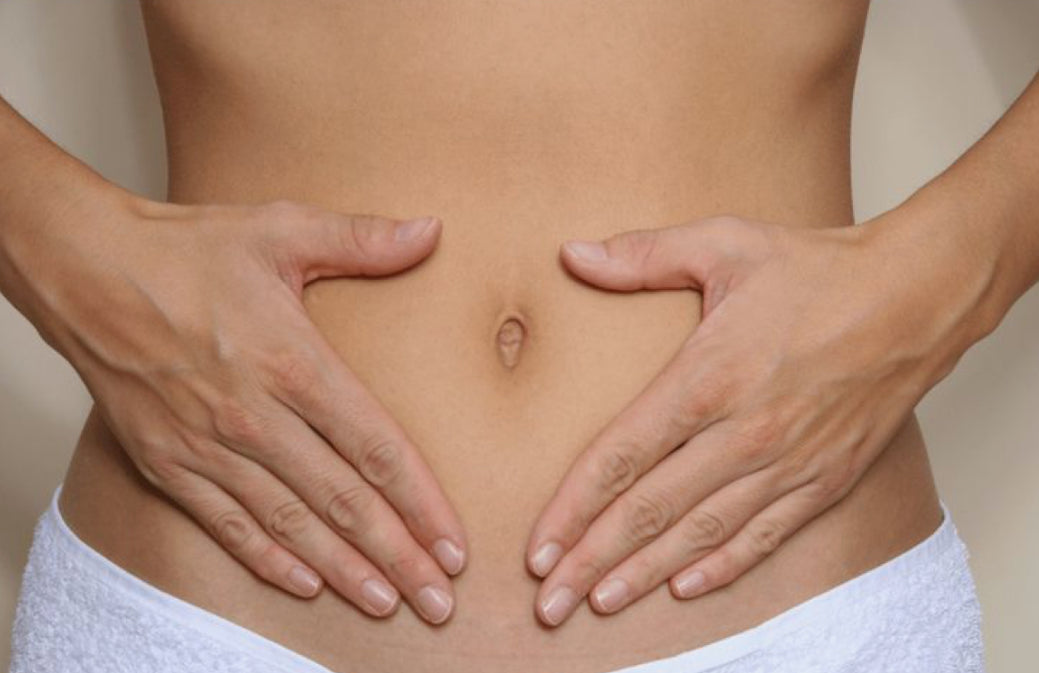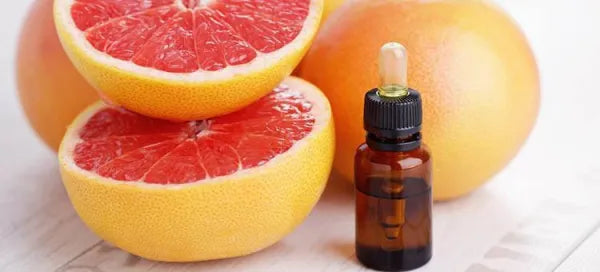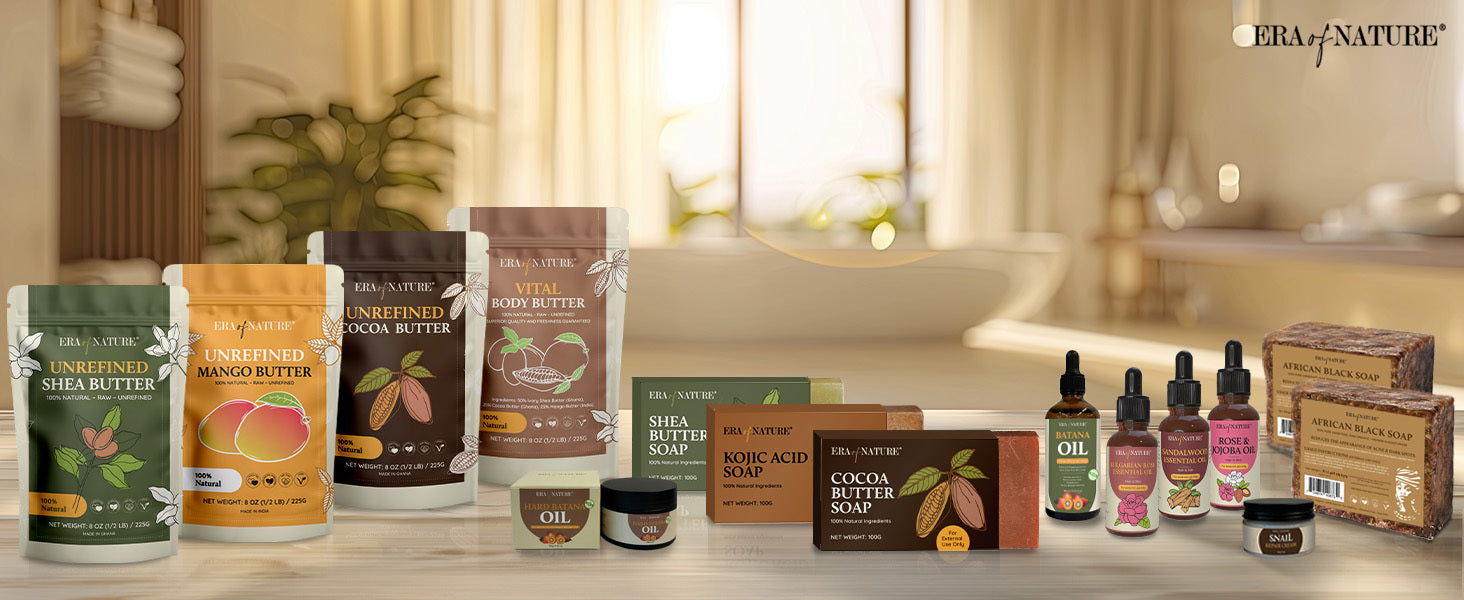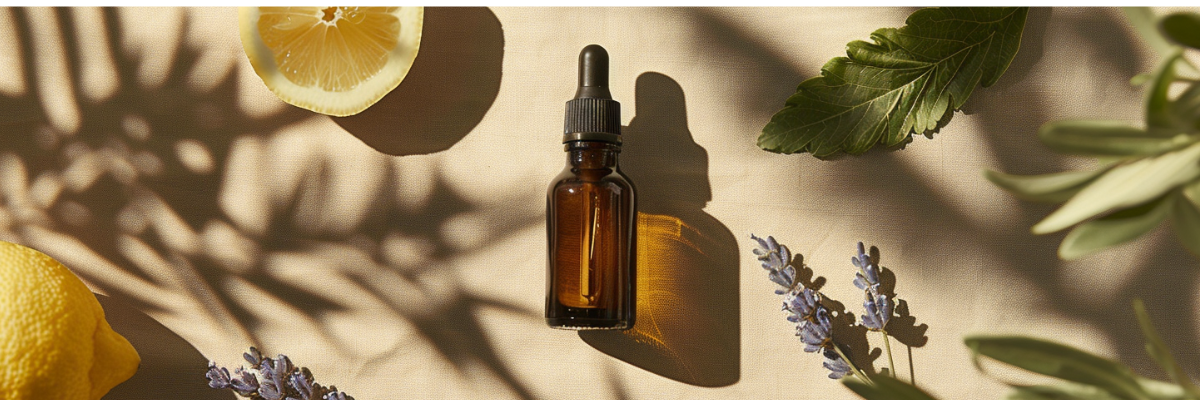News
A Complete Guide to Selecting and Purchasing Essential Oils
Essential oils have become an integral part of natural skincare, aromatherapy, and holistic wellness. For a brand like Era of Nature, understanding and educating customers about essential oils can build trust and establish authority in the natural skincare space. Here’s everything you need to know when choosing and buying essential oils. Understanding Essential Oils Essential oils are concentrated plant extracts obtained through distillation or cold-pressing. These potent oils capture the plant’s natural fragrance and therapeutic properties, making them widely used in: Skincare: Treating acne, reducing inflammation, moisturizing, and soothing skin. Aromatherapy: Enhancing relaxation, improving focus, and uplifting mood. Wellness: Supporting respiratory health, boosting immunity, and easing muscle tension. Each oil has unique benefits, and choosing the right one depends on your personal skincare and wellness goals. Factors to Consider When Buying Essential Oils Not all essential oils are created equal. Here are the key aspects to look for: Purity: Ensure the oil is 100% pure, with no additives, fillers, or synthetic fragrances. Sourcing: Check if the oils are ethically sourced and harvested from regions known for high-quality plants. Extraction Methods: Steam distillation and cold-pressing preserve natural properties. Avoid oils extracted with chemical solvents. Certifications: Look for certifications like organic, cruelty-free, or third-party lab testing to confirm authenticity. Packaging: Essential oils should be stored in dark glass bottles to protect them from light and heat. Top Essential Oils and Their Benefits Here are some popular essential oils and what they can do for you: Lavender Oil: Calming, promotes relaxation, soothes irritated skin. Tea Tree Oil: Antibacterial, effective for acne-prone skin, combats fungal infections. Rosehip Oil: Rich in vitamins A and C, great for anti-aging and scar reduction. Peppermint Oil: Invigorating, relieves headaches, and refreshes tired skin. Chamomile Oil: Gentle and soothing, ideal for sensitive or inflamed skin. Frankincense Oil: Supports skin elasticity, reduces appearance of wrinkles, and enhances meditation. How to Use Essential Oils Safely Because essential oils are highly concentrated, safe usage is crucial: Dilution: Always dilute with a carrier oil (like jojoba or almond oil) before applying to skin. Patch Test: Test a small amount on your inner arm before full use. Application Methods: Skincare: Mix with moisturizers or serums. Aromatherapy: Use in diffusers or inhalers. Massage: Blend with carrier oils for muscle relaxation. Precautions: Avoid direct contact with eyes, keep away from children, and consult a healthcare professional before use during pregnancy or for medical conditions. FAQs 1. How can I verify the quality of an essential oil?Check for third-party lab test results, look for clear labeling of botanical names, and ensure it’s packaged in dark glass bottles. 2. Are essential oils safe for all skin types?Some oils may irritate sensitive skin. Always do a patch test and start with gentle oils like chamomile or lavender. 3. Can essential oils be ingested?Most essential oils are not safe for ingestion unless explicitly approved for food-grade use and under the guidance of a healthcare professional. 4. Do essential oils expire?Yes, most oils have a shelf life of 1–3 years. Store them in cool, dark places to extend longevity. 5. Can essential oils replace medical treatments?Essential oils support wellness but should not be used as a substitute for medical care. By making informed decisions, you can confidently incorporate essential oils into your skincare and wellness routine. Era of Nature aims to guide you toward choosing high-quality oils that nurture both your skin and overall wellbeing.
Learn moreBeginner’s Guide to Essential Oils: Easy Ways to Use Them Every Day
If you’re new to essential oils, you might be wondering, where do I even start? With so many options and uses, it can feel a little overwhelming. But don’t worry, essential oils are actually super simple to use, and once you get the hang of it, they’ll become a natural part of your routine. The best part? They’re incredibly versatile. You can use them on your skin, in your home, or just to create a calming vibe. Let’s break it down so you can start using essential oils with confidence. How to Use Essential Oils on Your Skin One of the easiest ways to use essential oils is applying them directly to your skin. You can dab a drop on your wrists for a natural perfume, rub some on a bug bite, or even use them to help fade scars. But—and this is important—most essential oils are super concentrated, so you’ll want to dilute them first with a carrier oil or other base before applying. Best Carrier Oils & Bases: If you’re using essential oils topically, here are some great options for mixing: • Oils: Jojoba, coconut, cacao butter, rosehip, almond, raspberry seed • Aloe Vera: Lightweight and soothing—perfect for sensitive skin • Alcohol: Works well for DIY perfumes and room sprays • Vinegar: Great for skincare and even hair rinses Pick your base, mix in a 5-20 drops of essential oil depending on size and potency you’re going for, and you’re good to go! Easy Ways to Use Essential Oils Without Applying to Skin If you’re not into using oils on your skin (or just want more ways to enjoy them), there are tons of other ways to incorporate them into your day. Here are some of my favorite non-topical uses: 1. Shower Steam Hack Add 2-3 drops of essential oil to the floor of your shower before turning on the hot water. The steam will spread the scent, making your shower feel like a fancy spa. Eucalyptus is amazing for congestion, while lavender is perfect for winding down at night. 2. Diffuser Magic If you haven’t tried a diffuser yet, trust me—you’re missing out. Just fill it with purified water, add a few drops of essential oil, and let the cool mist do its thing. Your whole space will smell amazing in minutes. 3. Stovetop Simmer This is one of our favorite tricks! Just simmer a pot of water on the stove, add a few drops of essential oil, and let the scent fill your home. I love throwing in citrus peels and fresh herbs for an extra boost—lemon and rosemary together. So good. 4. Fabric Freshener • Pillow Drops: Put a drop of lavender or chamomile on your pillow before bed to help you relax. • Meditation Cloth: Try placing a drop of sandalwood or rose on a cool, damp cloth and draping it over your face while you meditate. If you’re just getting started, pick one or two oils that match your vibe—like lavender for relaxation or rose for a mood boost—and start experimenting. Before you know it, your collection will grow and become a part of your daily routine. FAQ 1. Can I apply essential oils directly to my skin? No, essential oils are highly concentrated and should always be diluted with a carrier oil like jojoba, coconut, or almond oil before applying to the skin to avoid irritation or allergic reactions. 2. What’s the easiest way to use essential oils for beginners? Using a diffuser or adding a few drops to a warm shower (for steam inhalation) are the simplest and safest methods to start experiencing essential oils daily. 3. Can I use essential oils in my cleaning or home routine? Yes, essential oils like lemon, tea tree, and lavender can be added to DIY sprays, linen refreshers, or stovetop simmer pots to naturally freshen your space. 4. How do I know if an essential oil is high quality? Look for oils labeled as 100% pure, undiluted, and preferably sold in dark glass bottles. Also check for botanical names and sourcing information from reputable suppliers. 5. Are there essential oils that are better for sleep or stress relief? Yes, lavender, chamomile, and sandalwood are commonly used for relaxation and better sleep. You can diffuse them before bed or add a few drops to your pillow or a warm bath. Got a favorite way to use essential oils? Let us know! Share with us on instagram and Tik Tok! xx
Learn moreThe Healing Power of Castor Oil
Discover the powerful benefits of castor oil, from liver detox and skin healing to reducing inflammation and boosting immunity.
Learn moreHow to Use Castor Oil Packs for Natural Healing and Detoxification
Learn how to use castor oil packs to naturally detox, reduce inflammation, and support your body’s healing process with these easy steps.
Learn moreGRAPEFRUIT ESSENTIAL OIL
Weight Loss Booster Ever been told that grapefruit is one of the best fruits to eat for weight loss and fat-burning? Well, that’s because some of grapefruit’s active ingredients are super beneficial to boost metabolism and reduce your appetite. When applied topically to the skin in small amounts, grapefruit essential oil is an excellent diuretic and lymphatic stimulant. This is one reason why it’s included in many cellulite creams and blends that are used for dry brushing. Additionally, grapefruit can be very effective for shedding excess water weight loss since it helps kick-start a sluggish lymphatic system. Acne Fighter and Skin Saver Not only is grapefruit essential oil able to help fight bacteria and greasiness that can cause acne blemishes, but it’s also useful for keeping skin’s immunity strong against indoor and outdoor air pollution and UV light damage — plus helps you get rid of cellulite. It’s also been found to help heal wounds, cuts, bites and to prevent skin infections. As anatural acne treatment or skin salve, use grapefruit oil along with nourishing coconut or jojoba oil once or twice daily on the affected area. Stress Buster The smell of grapefruit is uplifting, soothing and clarifying. It’s known to bust stress and works great when it’s diffused, added to bath wash or dabbed on skin just like perfume. Natural Antibacterial Grapefruit oil has antimicrobial effects that help reduce or eliminate harmful strains of bacteria that can enter the body through contaminated foods, water or parasites. Research shows that grapefruit oil can even fight strong bacterial strains that are responsible for food-born illnesses, including E. Coli and salmonella. Candida Killer Another benefit of grapefruit oil is that it has antifungal abilities and is able to reduce yeast and bacteria that are responsible for causing candida virus symptoms, a common condition affecting gut health that can cause cravings. Research shows that grapefruit is effective at fighting urinary tract infections too and might even be “comparable to that of proven antibacterial drugs.” Air Freshener To get rid of unpleasant odors in your kitchen, appliances and bathrooms, diffuse some grapefruit oil along with other citrus scents like lemon essential oil and orange oil. While your house fills with a clean scent, you also eliminate odor-causing bacteria from the air. Additionally, you can use a small amount of grapefruit essential oil on wooden surfaces, countertops, floors or in household appliances to kill bacteria and odor naturally. Circulation Booster Nearly all therapeutic-grade citrus essential oils are capable of helping lower inflammation and increase blood flow. The blood vessel-dilating effects of grapefruit are useful as a natural remedy for PMS cramps, headaches, bloating, fatigue and muscle pains. Digestive-Booster Increased blood to the digestive organs — including the bladder, liver, stomach and kidneys — means that grapefruit oil also helps with detoxification. It has a positive effect on digestion; can help you shed fluid retention; and fights microbes within the intestines, gut and other digestive organs. You can make a homemade massage lotion with grapefruit and coconut or jojoba oil and rub the mixture onto your abdomen. Natural Energizer As one of the most popular oils used in aromatherapy, grapefruit oil can increase your mental focus and give you a natural pick-me-up. When inhaled, its stimulating effects also make it effective for reducing headaches, sleepiness, “brain fog,” mental fatigue and even poor moods. Hair Cleanser You can add a few drops of grapefruit essential oil to your shampoo or conditioner to help reduce grease, sweat and bacteria while adding volume and shine. If you color your hair, grapefruit oil might also be able to protect strands from sunlight damage. FAQ 1. What is grapefruit essential oil used for Grapefruit essential oil is commonly used for boosting energy, reducing stress, supporting weight loss, clearing skin, aiding digestion, and improving lymphatic circulation. Its fresh, citrusy scent makes it popular in aromatherapy and natural skincare. 2. Can grapefruit essential oil help with weight loss Yes. Grapefruit essential oil may help suppress appetite, increase metabolism, and reduce cravings when inhaled or diluted and applied topically. It’s often used in massage blends to support lymphatic drainage and reduce water retention. 3. Is grapefruit essential oil good for skin Yes, it has antibacterial and astringent properties that can help reduce acne, improve oily skin, and protect against environmental stressors. It may also help reduce the appearance of cellulite when used in body oils or creams. 4. Are there any safety concerns with using grapefruit essential oil Yes. Like many citrus oils, grapefruit essential oil is phototoxic, meaning it can cause skin irritation or burns if applied to the skin and then exposed to sunlight. Always dilute properly and avoid sun exposure on treated areas for at least 12 hours. 5. Can grapefruit essential oil interact with medications Possibly. While the risk is lower with topical use compared to ingesting grapefruit juice, some compounds in grapefruit may still affect drug metabolism. If you take prescription medications, consult your healthcare provider before use.
Learn moreGET RID OF HEADACHES & ANXIETY WITH LAVENDER LEMONADE
Why Lemons & Lavender Are the Perfect Mix Rather than reaching for aspirin the next time a headache strikes, try grabbing a drink of lemonade instead. Not only can it help ease your head pain, but it can also help relieve stress, anxiety, and depression. But not just any old lemonade will do the trick—reach for the lavender lemonade. Also, according to research conducted by naturopathic physician Jeremy Appleton, the scent of lavender works to change our perception of pain. Appleton’s work indicates that when we smell lavender, we are better able to tolerate pain like headaches. To make lavender lemonade, there are two basic simple approaches that I would choose based on your sweetener and the lead time you have: Make and store a lavender syrup to add to your lemon mixture. With a day’s lead time, I would tend to make a lavender syrup to add to the lemon drink. I would make extra lavender syrup and store it in the refrigerator just to have around. Infuse part of your lemonade water with lavender and integrate your honey or sugar at the same time. For either approach, here are some basic ratios to start with. One reason I like the syrup method is that you can keep adding syrup until you reach your perfect flavor. The problem with that method is that you may never have your perfect recipe on record. Regardless, these problems are nothing that a few more batches of lavender lemonade can’t solve. DIY Lavender Lemonade (With Lavender Essential Oil) To create your own lavender lemonade, the recipe is an easy one. Mix the following ingredients together: 1 cup raw honey (or 3–4 cups sugar) 12 cups pure water 1 drop lavender essential oil, available at health food stores The juice of six lemons Lavender sprigs for garnish Once the ingredients are well combined, cool the lemonade in your refrigerator until it’s perfectly chilled. If you prefer your drink sweeter, add more honey, or take down the sweetness with added water. If you’re worried about ingesting essential oil, don’t be. Though most essential oils are labeled for external use only, it’s only a precaution because they are very strong, according to Now Foods. Most essential oils are safe for consumption in very small quantities, so don’t use more than a drop. If you want to get something that specifically states food-grade, LorAnn is a good choice. DIY Lavender Lemonade (With Dried Flowers) If you still can’t fathom the idea of ingesting lavender essential oil, The Kitchn has a good recipe for you to try. 1 cup sugar 5 cups water, divided 1 tbsp dried lavender flowers (English or Provençal lavender is probably best) 1 cup freshly squeezed lemon juice Ice cubes Lavender sprigs for garnish The process of making this is a little more time-consuming than the oil method above, so head to The Kitchn for the full instructions. If you want to make less, Martha Stewart has a good recipe, though it ups the sugar significantly. Don’t Like Lemonade? While you’ll get the best benefits from a fresh glass of lavender lemonade, you can also add a little lemon and lavender to your food, too. FAQ 1. What is lavender lemonade, and why is it beneficial? Lavender lemonade is a refreshing drink made by combining lemon juice with lavender—either in the form of essential oil, dried flowers, or infused syrup. It’s known for its calming effects, helping to reduce stress, anxiety, and even mild headaches thanks to lavender’s natural soothing and analgesic properties. 2. Can lavender actually help with headaches and anxiety? Yes. According to naturopathic research, the scent of lavender can alter how the brain perceives pain and help increase pain tolerance. It has also been shown to reduce symptoms of anxiety, making it a gentle and natural alternative to over-the-counter medications for some people. 3. Is it safe to consume lavender essential oil? Yes—but only in very small amounts and only if the essential oil is labeled as food-grade (like LorAnn’s culinary lavender oil). Most essential oils are not intended for ingestion, so always check the label and use no more than one drop per recipe unless directed otherwise by a professional. 4. What ingredients are needed to make lavender lemonade? Basic ingredients include: Fresh lemon juice Water Sweetener (honey or sugar) A drop of food-grade lavender essential oil or dried lavender flowers Optional: fresh lavender sprigs for garnish There are two main preparation methods: one using a lavender syrup, and one using dried lavender or essential oil directly in the lemonade. 5. Are there alternatives to using essential oils in the recipe? Absolutely. You can use dried lavender flowers (culinary-grade only) to steep in hot water and create a lavender-infused base. This method is often preferred by those who avoid essential oils or want a more subtle flavor.
Learn more
